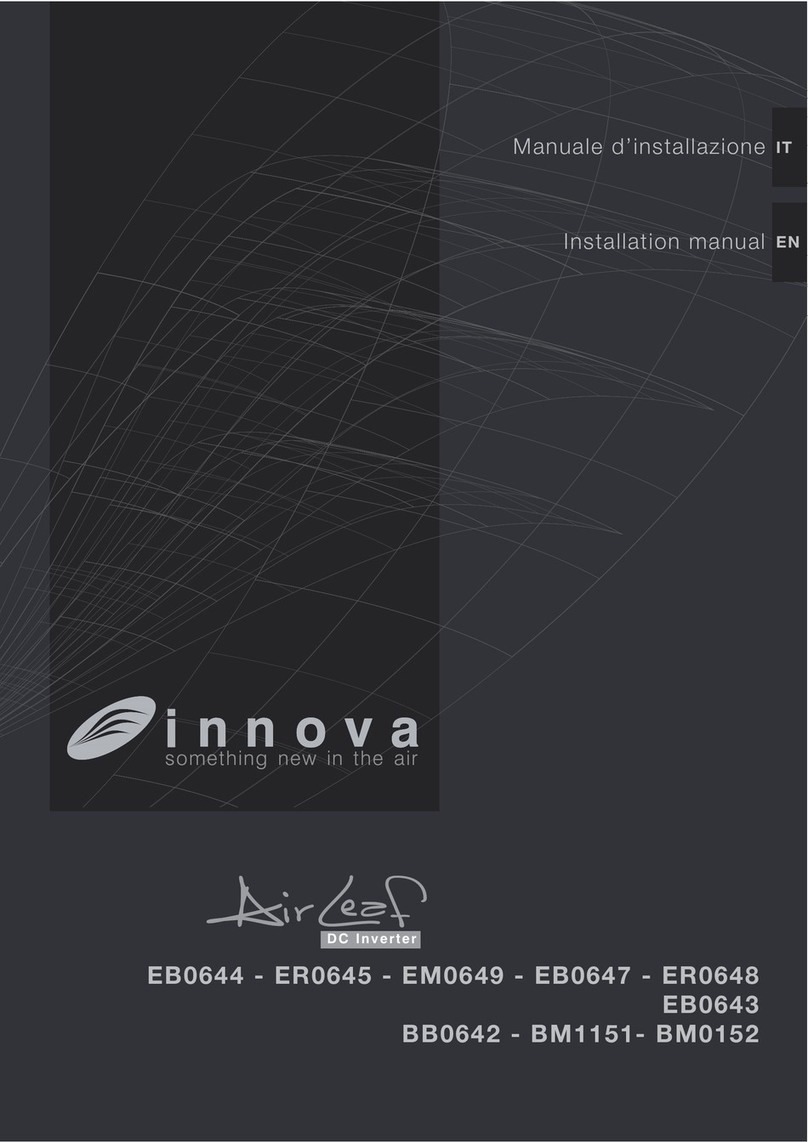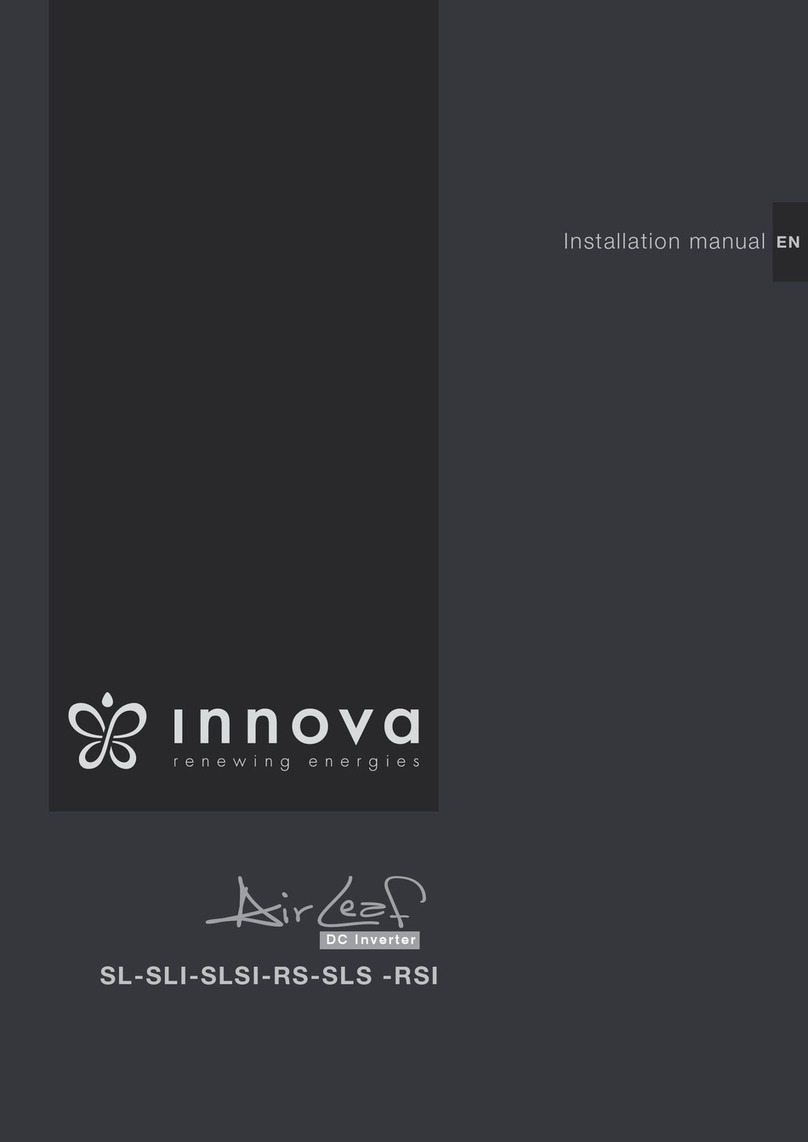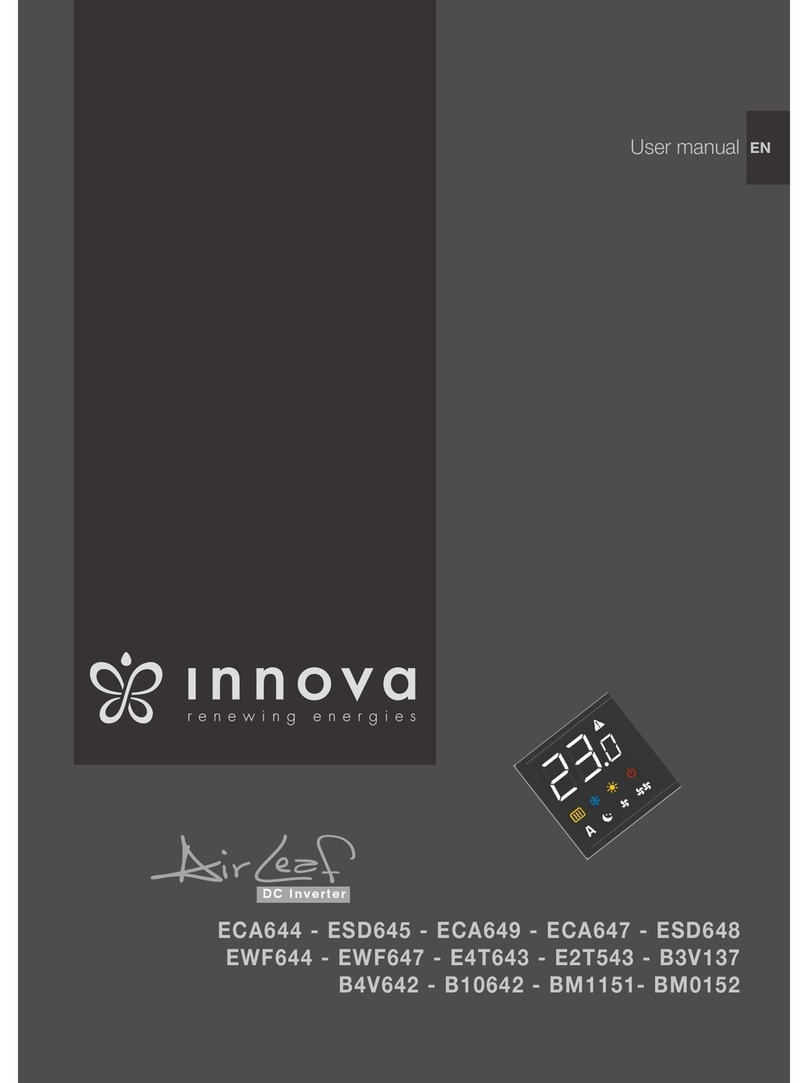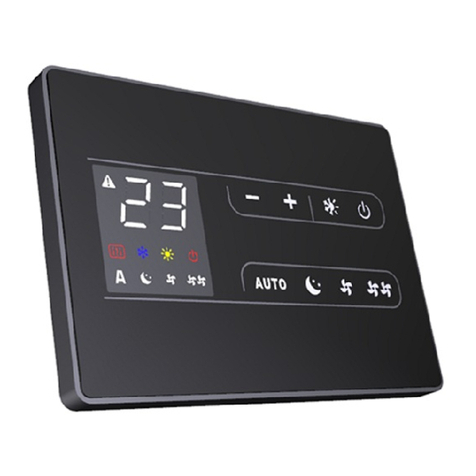Description
The air conditioning unit "2.0" is the new solution that
represents a significant step towards reducing the
aesthetic impact of air conditioners. With a depth of just
16 centimetres, "2.0" is the most compact and least bulky
of the category. Its aesthetic impact is therefore minimal,
both inside and out.
Optimised Capacities
The conditioning capacities of "2.0" have been optimised
so as to obtain the right temperature for the best level of
comfort and, therefore, less consumption and less noise.
Thanks to the careful choice of sound insulation materials,
the noise is similar to that of a standard wall split unit and
consumption is drastically contained thanks to the new
direct current fan.
BLDC inverter technology
We have perfected the inverter technology to offer the
best in terms of acoustic comfort (noise) and performance:
reduction of consumptions, maintenance of the best
temperature level and humidity level in the room.
Thanks to the use of the cutting edge BLDC (brushless
direct current) inverter regulation, vibrations have been
completely eliminated and acoustic emissions have been
lowered to exceptional levels.
Both ventilation motors are BLDC to reduce consumption
still further and make flow adjustment more precise.
The energy consumption is extremely low thanks to the
absorption values which, in the case of partial load, fall to
less than 300 W. At the nominal cooling power "2.0", in
the DC Inverter versions, it has a 3.9 EER, in the vanguard
in the sector of fixed-unit monobloc air conditioners.
Easy to install
“2.0" can be installed on any perimeter wall either low or
high. Everything needed for installation (template, support
bracket, hole pipes and external grids), excluding the drill
and drill bit, is included in the box.
Remote control and on-board touch-screen display
In addition to the remote control, the touch-screen
display on the unit enables the setting of any function.
There's even a "lock" mode to avoid any improper use.
With a simple action on the touch screen display, the
"heating" function can be deactivated: the appliance will
then operate in "cooling" only, without the need for the
condensate discharge pipe. The orientation of the air
flaps, upwards or downwards, can also be set by simply
pressing a key.
The packing is made of suitable material and carried out
by expert personnel. All units are checked and tested and
are delivered complete and in perfect conditions, however
please perform the following instructions to check the
quality of shipping services:
- upon receipt, check if the box is damaged. If that is
the case, accept the goods with reservations and
keep photographic evidence of any damage found
- unpack and check the contents against the packing
list.
- check that none of the parts have been damaged
during shipment. In case of damage, report it to
the shipping company within 3 days of receipt by
registered letter with return receipt and attaching
photographic documentation. A copy should also be
sent by fax to the MANUFACTURER. No notice of
damage incurred will be accepted after 3 days from
delivery.
Keep the packing at least for the duration of the
warranty period, in case you need to ship the air-
conditioner to the service centre for repair. Dispose
of the packing materials in compliance with current
regulations on waste disposal.
Storage
Store the box in a closed environment protected from
atmospheric agents and isolate it from the floor using
planks or pallets.
Do not turn the carton upside down





































